I recently rented a car and when I started listening to the stereo, I noticed that someone had cranked the bass to the maximum. At first, I thought someone had blown the speakers because it sounded so terrible, however, when I looked at the EQ, I immediately saw the problem. A +24dB treble boost would’ve been equally as bad, but there is a difference.
A treble boost is a targeted increase in the frequencies from 2,500Hz and upwards, whereas a bass boost targets the lower frequencies, typically between 20Hz and 200Hz. Treble boosting creates a brighter, more airy sound, and bass boosting adds warmth, thumping, and power.
The Main Differences Between Bass and Treble Boosts
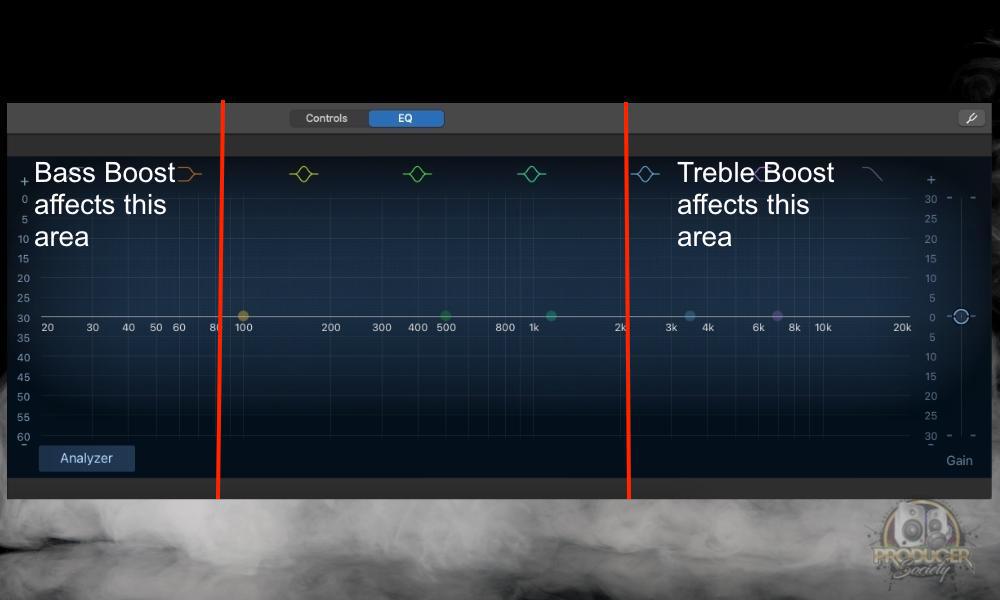
Before you rush on and start making adjustments to the EQ of your car stereo, your guitar amplifier, or channel EQ, it’s worth understanding which area of the spectrum does what. The idea behind that is then you’ll be able to create the best possible listening experience for yourself (and others).
In a nutshell, bass boost and treble boost affect different parts of the frequency spectrum of a recording. With a fully produced song, you can expect there will be different outcomes in terms of the overall profile of your song, and I’ll explain some of those possible outcomes here. But first, here’s a video demonstration:
1) Bass Boosts Increase Lower Frequencies and Treble Boosts Increase High Frequencies
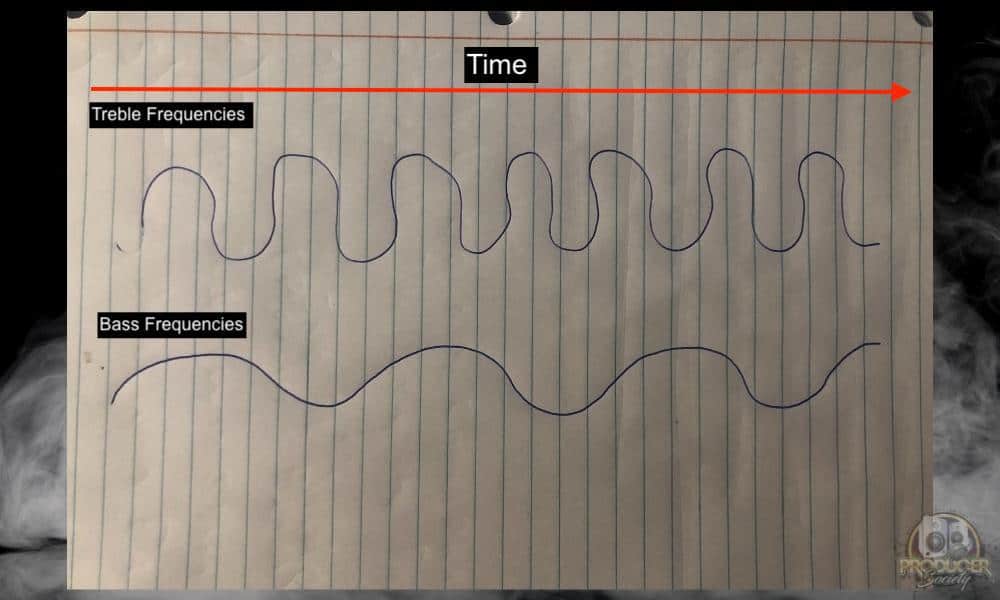
This is essentially the TLDR of the blog post, which is that bass boosts affect bass frequencies and treble boosts affect treble frequencies. As the image above shows, bass frequencies tend to oscillate at a much slower pace than high-range frequencies.
Low-end frequencies tend to produce more power than their much heavier waveforms. This is one reason why bass boosts make car speakers rattle, which is a sound most people are familiar with. Either way, there are different ways to alter the bass and treble frequencies in a song.
Depending on who you ask, the bass or the “lows” in a frequency spectrum range from 20Hz to 200Hz, though some people might say it’s up to 250Hz. Some might say that the treble starts at around 2,500Hz, while others would say it starts at 2,000Hz approximately
Ideally, this is done during the production process by the engineer (here’s my guide if you need help), and they would ensure that the overall sound is still cohesive – but you can still EQ a song on an audio system after production. This is what I was referring to before in the story about the car stereo EQ.
A car stereo system or even an iPhone will generally have presets, determined beforehand, in terms of what is considered to be “bass” and what is considered to be treble. This can vary from manufacturer to manufacturer but they’re usually similar.
Additionally, I would say the EQ boost on an iPhone like this one on Amazon, for example, is not that great – at least in my experience. Although, I do like my iPhone X quite a bit and use it all of the time (as a matter of fact, I have three iPhones because I never sell them after upgrading).
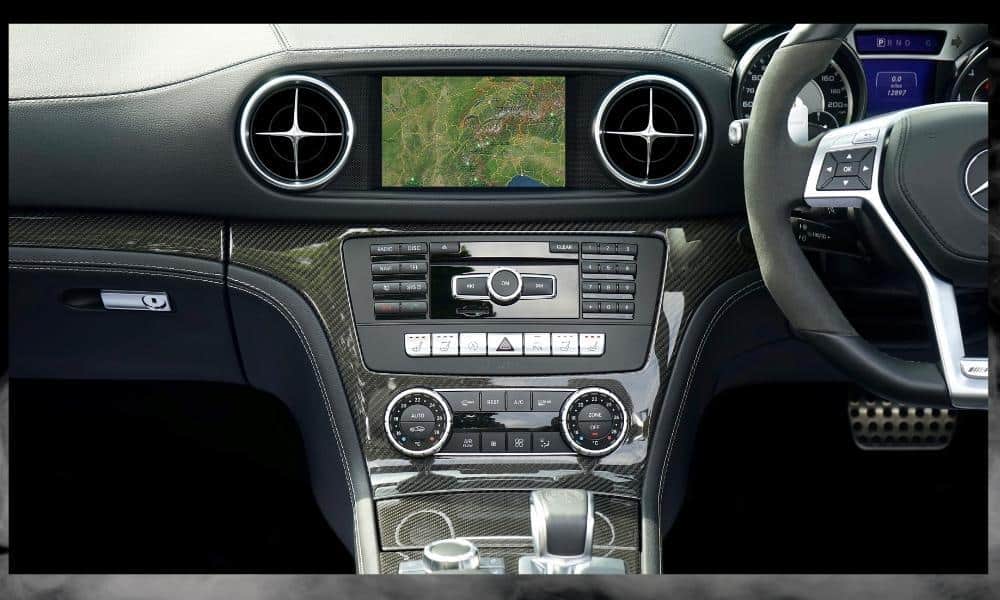
Depending on who you ask, the bass or the “lows” in a frequency spectrum range from 20Hz to 200Hz, though some people might say it’s up to 250Hz.
Some might say that the treble starts at around 2,500Hz, while others would say it starts at 2,000Hz. Your alteration of the bass and treble ranges would depend on what the manufacturer decided to set for each of those areas of the music.
2) Bass and Treble Boosts Will Affect Different Instruments In A Song
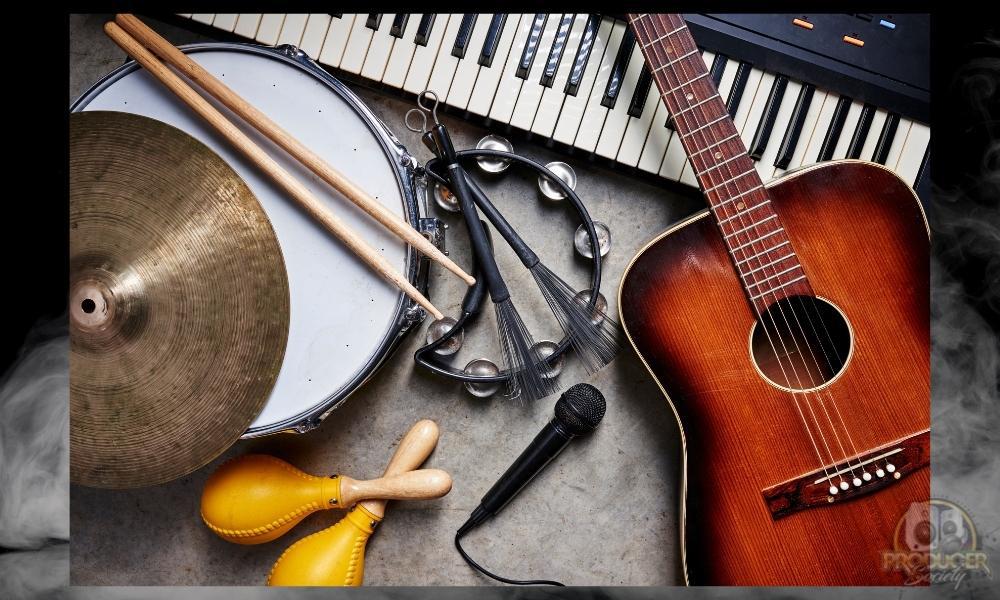
When you boost the bass EQ, you might notice that it’s not just the actual bass sound that gets perceptually louder, but perhaps other instruments too – like a very low synth for example. Equally, boosting the treble might affect instruments like guitars or vocals.
The reason for this is that different instruments occupy different spaces on the frequency spectrum – some more than others.
You can find guitars in the mid to upper-frequency range, kick drums can be found in the lower range, and vocals can also be found in the mids to highs. This depends on whether it’s a female or male vocal and the style of that vocalist as well.

Here’s an example of how the different pieces of a standard drum kit look on the frequency spectrum, as represented by the Logic/GarageBand channel eq. Of course, each part of the kit has frequencies that exist in other areas, but there are pre-dominant ranges.
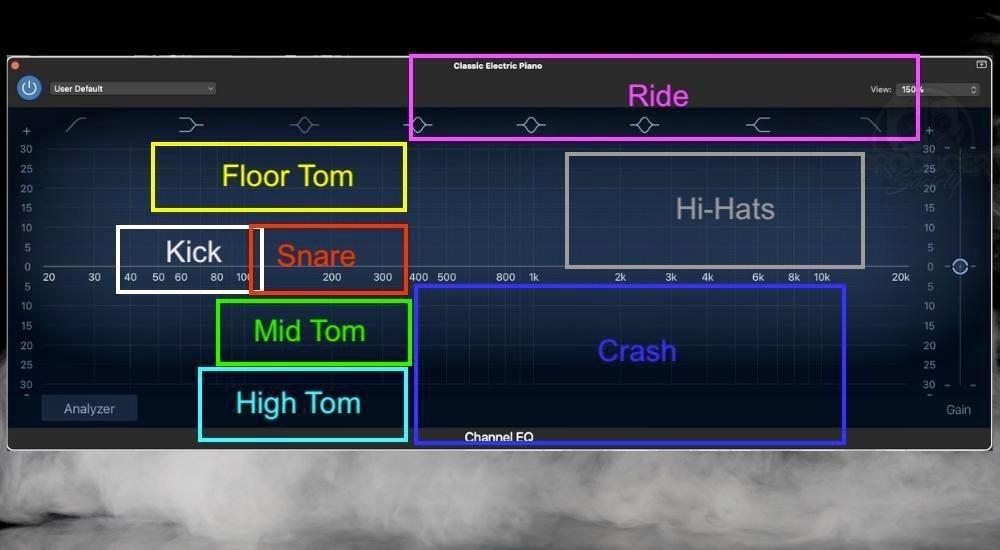
3) Bass Boosts and Treble Boosts Ultimately Sound Much Different
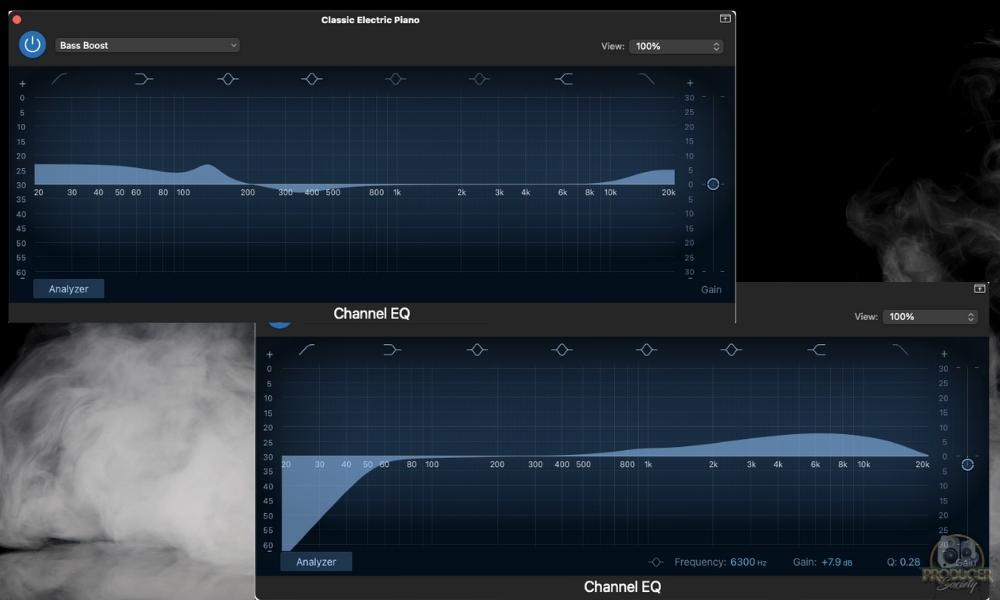
When you make changes to the treble frequencies, the overall sound might become brighter, airier, or sparkly. When you make changes to the bass frequencies, the overall sound of the song might be much warmer, stronger, thumpy, or more powerful.
Understanding where certain instruments sit on the frequency spectrum makes us more informed so we can make better EQ decisions in the mixing process. The fact of the matter is that a bass boost – unlike what the average consumer thinks – usually, in fact, it’s almost never the secret for making something sound better.
Getting back to the story of the car stereo, when I dropped down the bass EQ, it instantly made the music listenable again, as if the car stereo was actually a good one. Although, it was actually a pretty good system considering it was just a little Volkswagen Golf.
While I’m not an audio engineer, I know a bit about audio – enough to make music that I think sounds pretty good. If I were to approach an EQ on a car stereo, I would go with a subtractive method rather than an additive one (check out Timothy Dittmar’s Audio Engineering 101 if you’re new to audio).
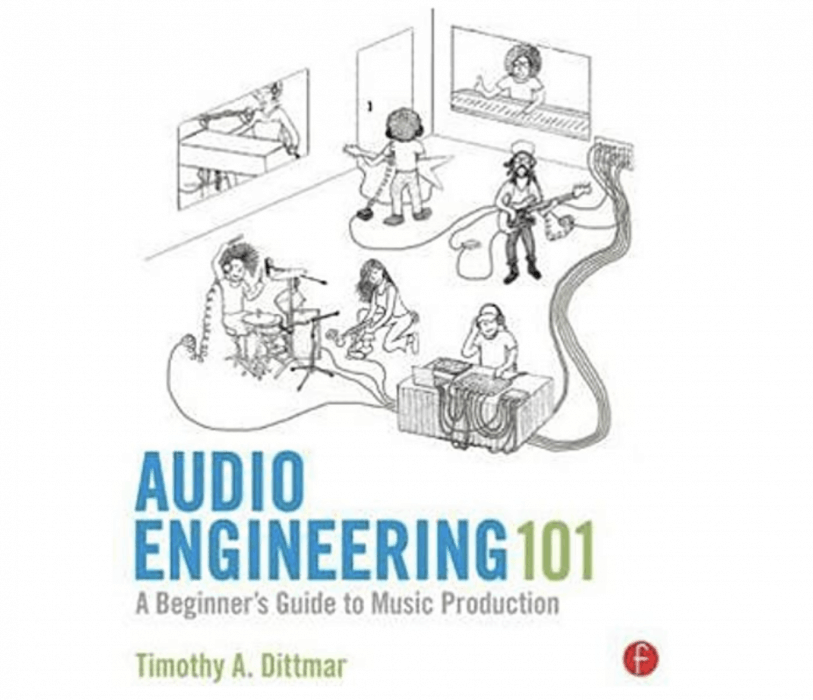
I would subtract the treble/high frequencies just a tiny bit to emphasize the low-end. Then, I’d increase the total volume by just a hair. This is what engineers usually recommend for the mixing process, so it probably doesn’t apply as much to recordings after they’ve been mixed, mastered, and released.
That said, I find it does seem to work better this way, but I digress. Perhaps it’s not the bass that’s missing, but you actually would like that guitar solo to be a little more prevalent when it comes in. Increasing the bass won’t necessarily do that for you.
You’d want to affect the mid-range to upper-frequency range for that kind of change. In the mixing process, you’d probably be better served to lower the volume of other instruments around the guitar solo instead.
Or maybe you could carve out the EQ on another instrument that’s dominating that frequency range. There’s more than one way of doing something.
4) Bass Boosts Typically Appear Much Louder Than Treble Boosts
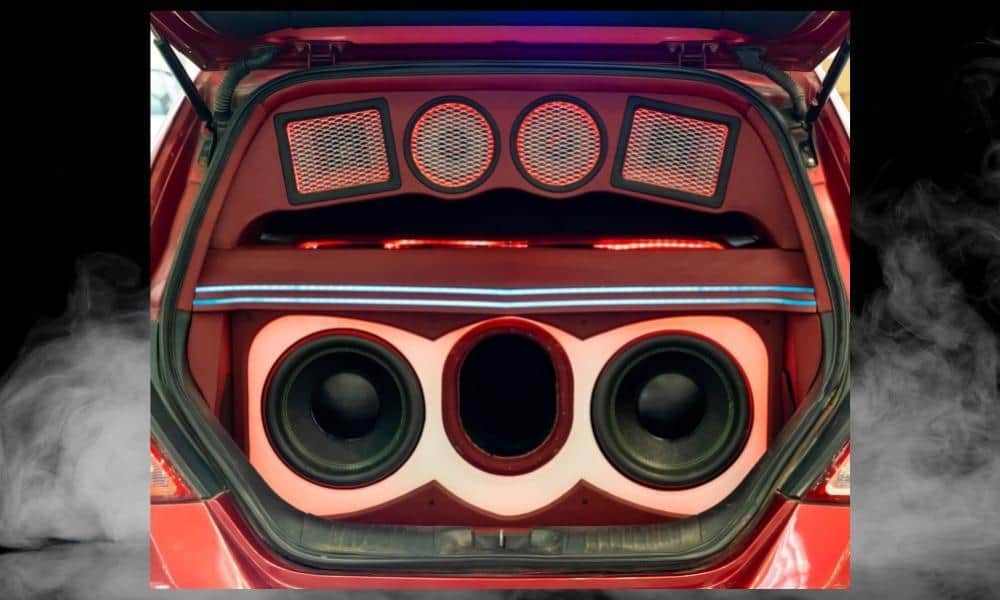
Due to some of the factors I mentioned earlier like the thicker and slower-moving waveform, bass frequencies tend to take up far more space than high-range frequencies. This is part of the reason why bass boosts tend to sound a lot louder than treble boosts.
I chose the image of the car subwoofers as a great example because that’s how everyone envisions bass. They think of giant speakers in the back of some dude’s car as they drive around the city listening to rap. It’s easy to fill up the area where the bass frequencies are because the wave-forms take up way more space.
This is part of the reason why people will rarely give you the advice of boosting the bass EQ of your tracks.
Typically, you’ll have the bass instrument there, the kick drum, and maybe some transients from low pitch instruments, but other than that, there isn’t much else there. The same thing can’t be said for the range between 200Hz up to 5,000Hz.
5) Bass Boosts Are More Likely To Cause Speaker Damage

It’s unlikely that you’ll ruin your speakers with EQ which is something I talked about in another article, however, if there was one EQ setting that might, it’s the bass boost. Crank the bass if you want to hear the housings and the car windows shake. Boosting the treble EQ just won’t have the same effect.
Important Things to Note About Bass and Treble Boosts
1) It’s Important To Consider Your Boosts and Cuts In Relation To One Another
If you’re boosting the bass, and you suddenly don’t notice the vocals anymore, the solution isn’t necessarily to increase the treble. What that might effectively do is just increase the perceived loudness of the song, probably border on distortion, and get back to square one.
2) Subtractive EQ is Often A Better Way to Adjust EQ
The human ear generally perceives louder as better, especially in the low to the low-mid range of the spectrum. If you’re going to make changes to the bass, stay at the same volume level before deciding whether you want to make changes to the treble so that your decisions are consistent.
3) Different Genres of Music Have Different EQ Patterns
When it comes to bass and treble boosts, it is also worth considering the context in which you are making those adjustments. This is because different genres of music are structured to highlight different tones on a frequency spectrum.
For example, boosting the bass in a Hip Hop song might have the intended effect of enhancing the song, because Hip Hop revolves around strong basslines that enhance the rhythmic element of the song and help with the groove.
Boosting the bass in Vivaldi’s Four Seasons might not have the same effect. Keep this in mind when boosting and cutting EQ.


 Written By :
Written By : 